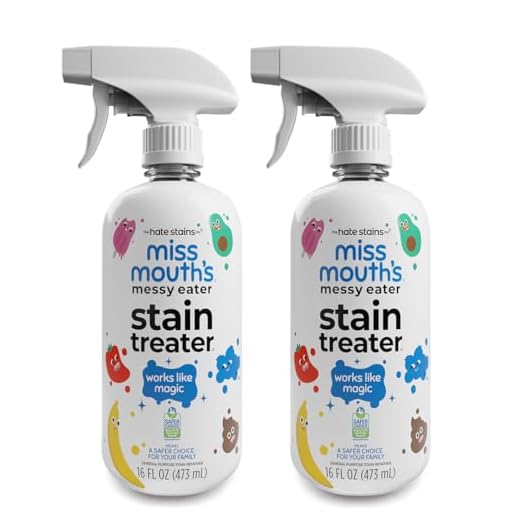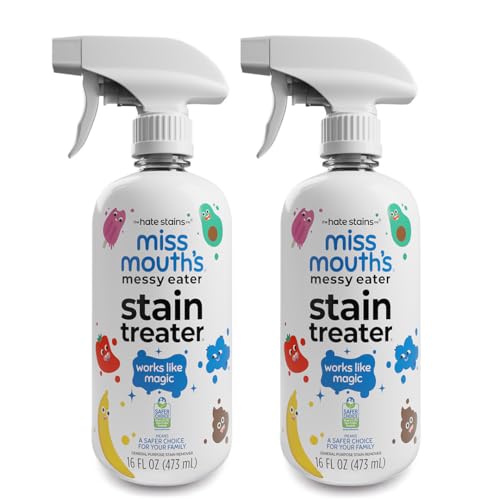



The immediate response to an unfortunate incident involving a deep-hued beverage on light fabric is to act swiftly. Begin by blotting the affected area gently with a clean cloth, absorbing as much of the liquid as possible. Avoid rubbing, as this can push the pigment deeper into the fibers.
Next, sprinkle a generous amount of table salt directly onto the mark. The salt will absorb the liquid and help lift the color from the material. Let it sit for several minutes before shaking off the excess. Following this, rinse the area with cold water, ensuring the fabric is thoroughly soaked.
For stubborn remnants, mix a solution of equal parts hydrogen peroxide and dish soap. Apply this mixture to the area and let it rest for about 30 minutes. Afterward, rinse well again with cold water. If necessary, repeat the process until the fabric is clear of any traces. Always check the care label for specific washing instructions before proceeding with any cleaning method.
Act quickly: Steps to take immediately after spilling
Blot the affected area with a clean, dry cloth or paper towel. Avoid rubbing, as this can push the liquid further into the fibers.
Sprinkle salt or baking soda onto the spot. These absorbents help draw out the liquid. Leave it for a few minutes before gently brushing it away.
Rinse with cold water. Hold the fabric under running cold water from the back side of the fabric to push the liquid out. This minimizes the chance of setting the discoloration.
Apply a mixture of white vinegar and dish soap. Combine one part vinegar and one part dish soap, and gently apply it to the area. Allow it to sit for a few minutes before rinsing again.
If available, using club soda can also be effective. Pour a small amount directly onto the area, letting it fizz and lift the mark. Blot with a clean cloth afterward.
After these steps, launder the item as soon as possible with a suitable detergent, following care instructions for the fabric.
Choosing the Right Cleaning Solution for Wine Stains
Opt for a solution containing hydrogen peroxide and dish soap in a 3:1 ratio. This combination effectively breaks down pigments found in red beverages. Apply the mixture directly to the affected area using a clean cloth, gently dabbing without rubbing the fabric.
Alternative Options
If the aforementioned blend isn’t accessible, consider using white vinegar and baking soda. Create a paste and apply it to the blemish. Allow it to sit for about 30 minutes before rinsing with cold water. This method neutralizes acidity and helps lift discoloration.
Commercial Products
Explore specialized stain removers designed for organic spills. Check labels for enzymes as they target specific compounds, enhancing removal efficiency. Always test a small, inconspicuous area first to ensure compatibility with the fabric.
Using Salt and Club Soda for Effective Removal
Apply salt immediately to the affected area. This will absorb excess liquid and prevent deeper penetration of the pigment. Use a generous amount, covering the entire mark, and let it sit for a few minutes to do its work.
Next, rinse the fabric with cold water. It’s essential to flush out the salt and any loosened residue. Following this, pour some club soda directly onto the area. The carbonation in the soda helps lift the remaining discoloration.
Instructions for Application
| Step | Action |
|---|---|
| 1 | Cover the mark with salt. |
| 2 | Let sit for several minutes. |
| 3 | Rinse thoroughly with cold water. |
| 4 | Pour club soda on the area. |
| 5 | Gently blot with a clean cloth. |
After applying club soda, blot the area with a clean cloth. Avoid rubbing as this could spread the issue. Repeat the process if necessary until the discoloration is no longer visible.
Applying white vinegar and dish soap: A step-by-step guide
For effective removal of that unwanted mark, mix one part white vinegar with one part dish soap. This combination works wonders on fabric.
1. Blot the affected area with a clean cloth to absorb any excess liquid. Avoid rubbing, as this can spread the problem.
2. In a small bowl, combine the vinegar and dish soap. Stir gently to ensure they mix well.
3. Apply the solution directly to the mark using a clean cloth or sponge. Work from the outside in to prevent spreading.
4. Let the mixture sit for about 30 minutes. This allows the solution to penetrate the fibers and break down the discoloration.
5. Rinse the area with cold water, ensuring all the solution is washed away.
6. Check the fabric. If any trace remains, repeat the process. For stubborn marks, consider using a best shower scrubber brush to gently scrub the area.
7. Once satisfied, launder as per the care instructions, preferably in cold water.
Using Laundry Detergent: Best Practices for Treating Stains
Opt for a liquid laundry detergent with enzymes for optimal results. These enzymes effectively break down organic compounds, making them ideal for tackling tough marks.
Pre-Treatment Steps
- Test the detergent on an inconspicuous area to ensure it doesn’t affect the fabric.
- Apply a small amount directly onto the blemish, gently rubbing it in with your fingers or a soft cloth.
Washing Instructions
- Let the detergent sit for at least 5 to 10 minutes to penetrate the fibers.
- Wash the garment in cold water. Hot water can set the discoloration further.
- Inspect the fabric before drying. If the mark persists, repeat the process. Avoid placing it in the dryer until the blemish is fully removed.
For additional cleaning power, consider mixing the detergent with a bit of baking soda. This combination can enhance the stain-lifting effect, especially for persistent discolorations.
When to Seek Professional Cleaning Services for Stubborn Marks
Consider enlisting expert help if home remedies fail after multiple attempts. If the discoloration persists despite your best efforts, a professional service may have stronger treatments and equipment to restore your fabric.
For delicate materials, such as silk or fine cotton, avoid risking damage with harsh chemicals. Specialists can employ specialized techniques that ensure the integrity of the garment while effectively removing the blemish.
In cases of older spots, immediate treatment may not be possible. Professionals can assess the situation and apply advanced methods to tackle aged residues that home solutions cannot reach.
Lastly, if time is of the essence or if you’re preparing for an important occasion, outsourcing the task can save you from potential disappointment and ensure your attire looks impeccable.







